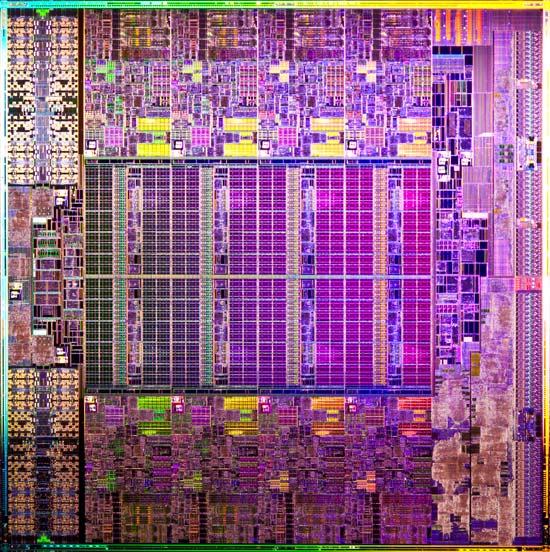- Joined
- Oct 9, 2007
- Messages
- 47,696 (7.42/day)
- Location
- Dublin, Ireland
| System Name | RBMK-1000 |
|---|---|
| Processor | AMD Ryzen 7 5700G |
| Motherboard | Gigabyte B550 AORUS Elite V2 |
| Cooling | DeepCool Gammax L240 V2 |
| Memory | 2x 16GB DDR4-3200 |
| Video Card(s) | Galax RTX 4070 Ti EX |
| Storage | Samsung 990 1TB |
| Display(s) | BenQ 1440p 60 Hz 27-inch |
| Case | Corsair Carbide 100R |
| Audio Device(s) | ASUS SupremeFX S1220A |
| Power Supply | Cooler Master MWE Gold 650W |
| Mouse | ASUS ROG Strix Impact |
| Keyboard | Gamdias Hermes E2 |
| Software | Windows 11 Pro |
AMD reached a settlement in the Class Action Lawsuit filed against it, over alleged false-marketing of the core-counts of its eight-core FX-series processors based on the "Bulldozer" microarchitecture. Each member of the Class receives a one-time payout of USD $35 per chip, while the company takes a hit of $12.1 million. The lawsuit dates back to 2015, when Tony Dickey, representing himself in the U.S. District Court for the Northern District of California, accused AMD of false-marketing of its FX-series "Bulldozer" processor of having 8 CPU cores. Over the following four years, the case gained traction as a Class Action was built against AMD this January.
In the months that followed the January set-up of a 12-member Jury to examine the case, lawyers representing the Class and AMD argued over the underlying technology that makes "Bulldozer" a multi-core processor, and eventually discussed what a fair settlement would be for the Class. They eventually agreed on a number - $12.1 million, or roughly $35 per chip AMD sold, which they agreed was "fair," and yet significantly less than the "$60 million in premiums" consumers contended they paid for these processors. Sifting through these numbers, it's important to understand what the Class consists of. It consists of U.S. consumers who became interested to be part of the Class Action, and who bought an 8-core processor based on the "Bulldozer" microarchitecture. It excludes consumers of every other "Bulldozer" derivative (4-core, 6-core parts, APUs; and follow-ups to "Bulldozer" such as "Piledriver," "Excavator," etc.).

Image Credit: Taylor Alger
View at TechPowerUp Main Site
In the months that followed the January set-up of a 12-member Jury to examine the case, lawyers representing the Class and AMD argued over the underlying technology that makes "Bulldozer" a multi-core processor, and eventually discussed what a fair settlement would be for the Class. They eventually agreed on a number - $12.1 million, or roughly $35 per chip AMD sold, which they agreed was "fair," and yet significantly less than the "$60 million in premiums" consumers contended they paid for these processors. Sifting through these numbers, it's important to understand what the Class consists of. It consists of U.S. consumers who became interested to be part of the Class Action, and who bought an 8-core processor based on the "Bulldozer" microarchitecture. It excludes consumers of every other "Bulldozer" derivative (4-core, 6-core parts, APUs; and follow-ups to "Bulldozer" such as "Piledriver," "Excavator," etc.).

Image Credit: Taylor Alger
View at TechPowerUp Main Site







